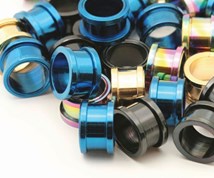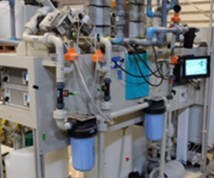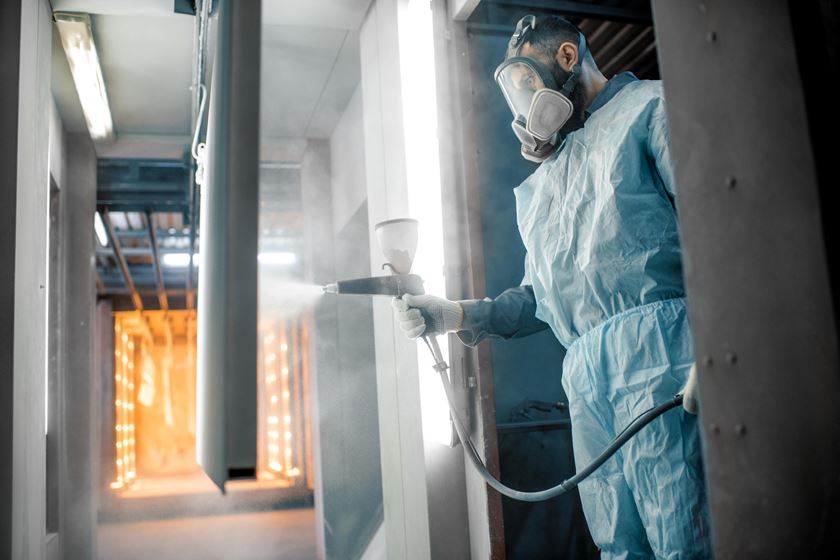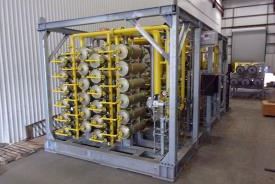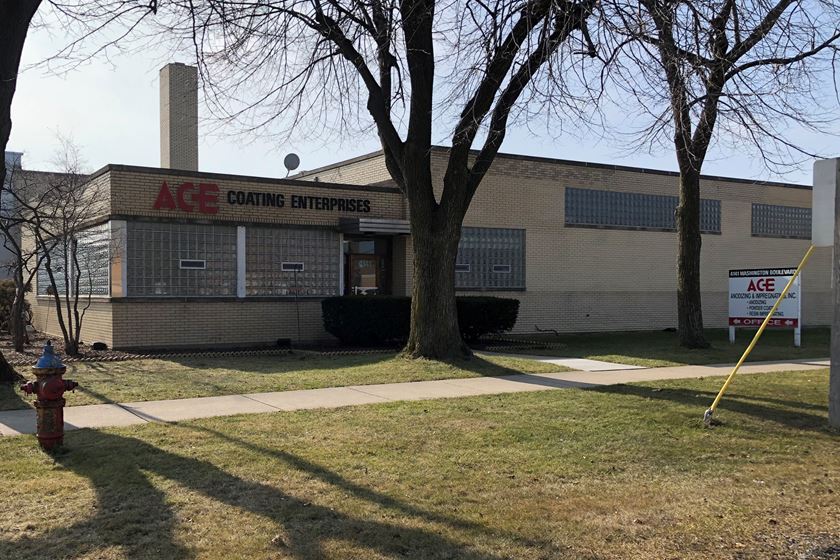Enthone Publishes Plating-on-Plastics & Decorative Base Metals Guide
The selection guide provides an overview of Enthone best-in-class technologies, including Plating-on-Plastics Pre-Treatment Systems and Cyanide-free and Acid Copper Technologies
#pollutioncontrol #masking

A new "Plating-on-Plastics & Decorative Base Metals Guide" has been published by Enthone. The selection guide provides an overview of Enthone best-in-class technologies, including:
Featured Content
- -Plating-on-Plastics Pre-Treatment Systems
- -Cyanide-free and Acid Copper Technologies
- -Semi-Bright, Bright and Satin Nickel Processes
- -Dark, Lustrous Chrome Solutions
- -Integrated Equipment Systems
Enabling new designs, improved reliability and enhanced appearance, Enthone decorative coatings create value throughout the entire supply chain by decreasing metal consumption, increasing efficiency and reducing process steps. Delivering style, versatility and functionality, the coatings are engineered for beauty, cost-effectiveness and durability in a diversity of environments.
A copy of the guide may be obtained by contacting trustenthone@enthone.com
RELATED CONTENT
-
Smut and Desmutting
Question: I am new to this industry and have heard about smut and desmutting operations.
-
Is Your Electroplating Waste Hazardous?
Some that bears precious metals is, and there are a host of regulations to consider when recycling.
-
8 Things You Need to Know About Paint Booth Lighting
Global Finishing Solutions has come up with some helpful insights on lighting for paints booths which plays a crucial role in achieving a quality paint job.


